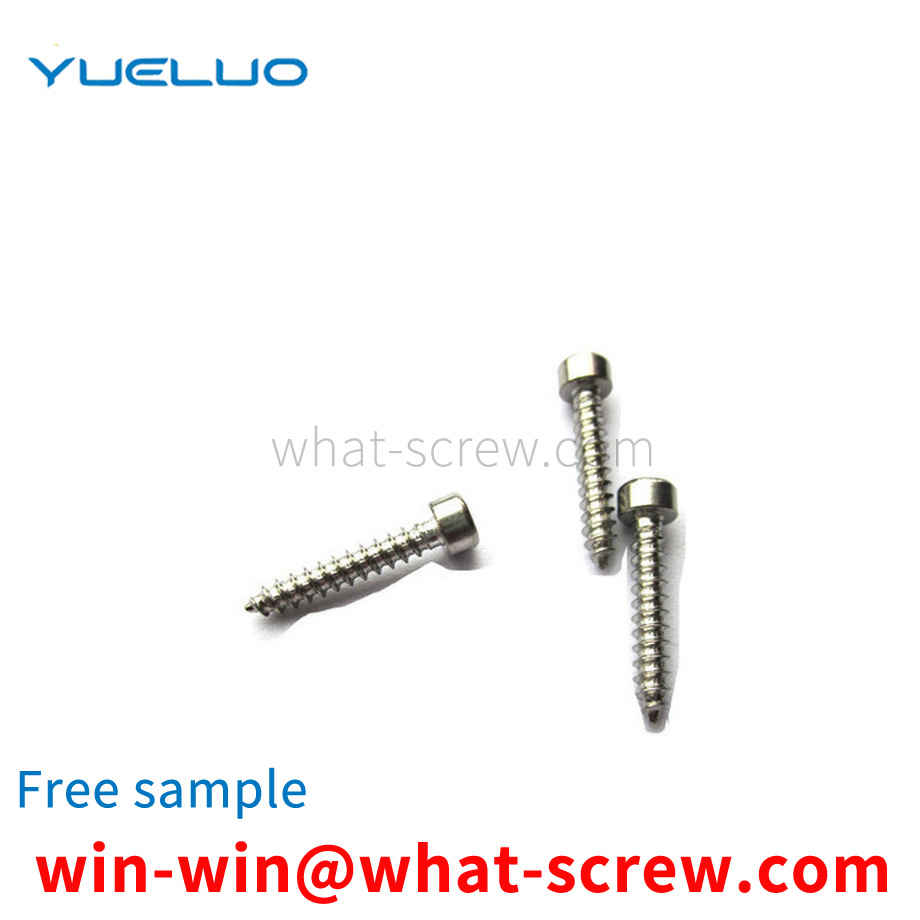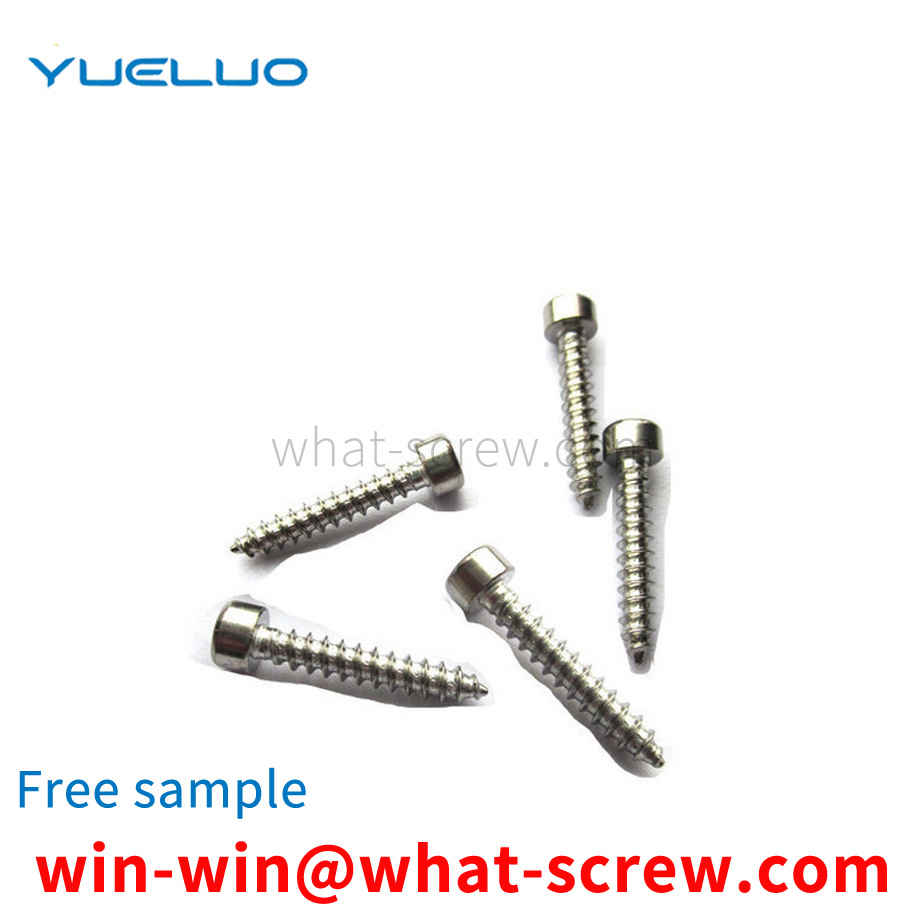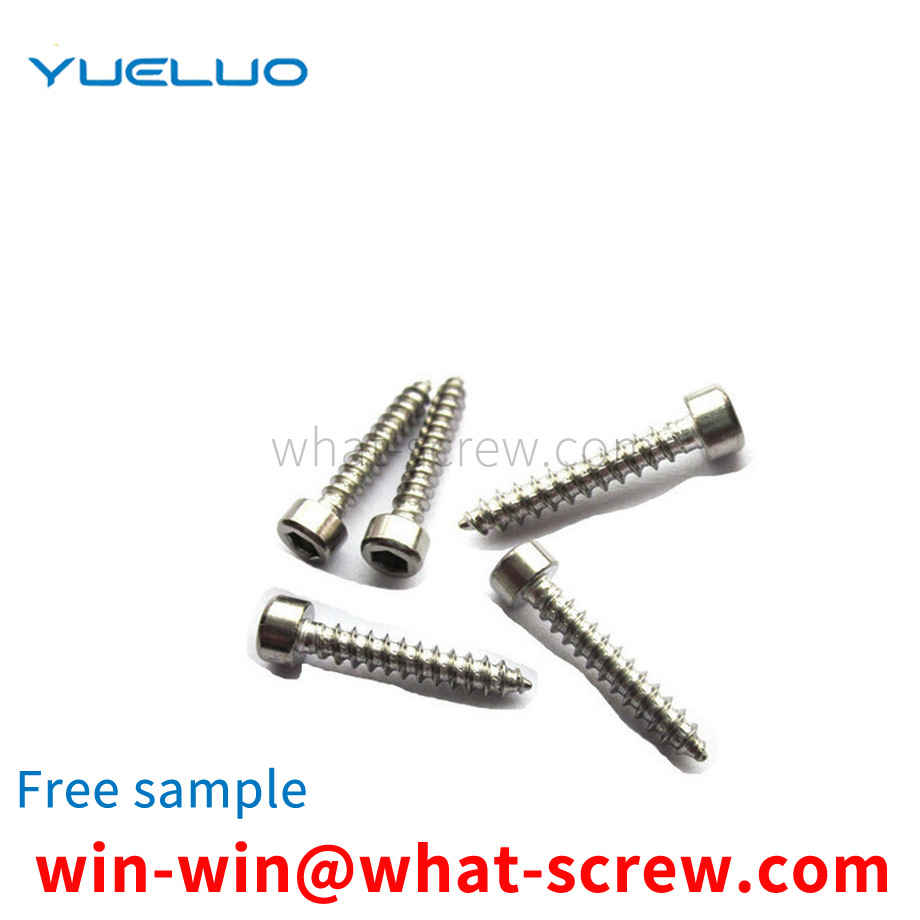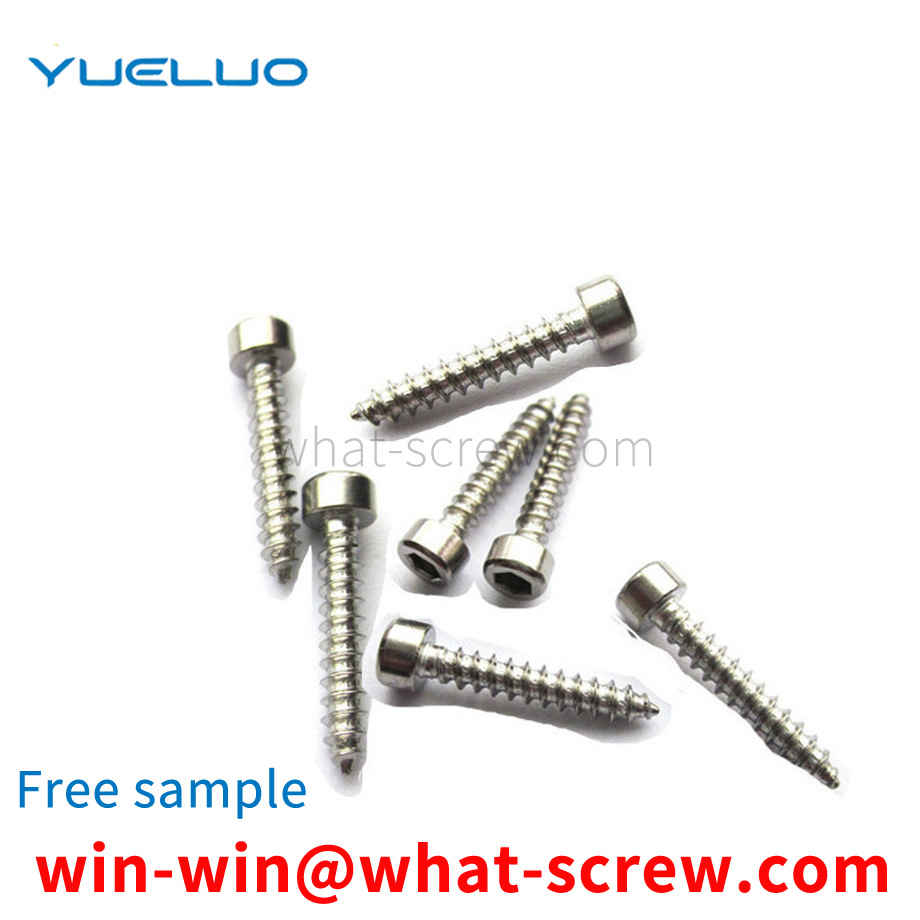What is the tolerance range of precision screws?
What is the tolerance range of precision screws?
Service Hotline
+86760-8787 8587We have more than ten years of experience in the production of screw industry, the main products are: machine screws, complete sets of nuts and bolts, BS2696 bolts, washer size, step head adjustment bolts, copper-plated pin screws, left-tooth nuts, U-shaped pipe clamp screws, Fasteners such as ball head pins, metal enlarged flat washers, cross flange screws, trimmed hexagon head screws, shaft pin Toy City connecting rod locks, socket head extension screws, flat head hexagon rivet nuts and other fasteners, due to the product material and Specifications vary, prices vary, please contact us if necessary.


Knurled copper nuts are mainly used for injection molding, hardware springs, special-shaped springs, craft gift springs, battery spring sheets, spring antennas, key rings, phosphor bronze spring CNC automatic lathe turning parts (copper car parts, iron car parts, aluminum car parts) , metal stamping parts, electronic hardware, iron shaft, single flower shaft, multi flower shaft, iron pin, non-standard screw and nut, connecting parts, fasteners, wire forming (metal wire business card holder, model aircraft landing gear, S hook , R-type latch, triangle buckle, D-type buckle) and other hardware products belong to the copper nut series.

At present, in the production workshop, there is no special tool for removing rivets such as skew, wrong rivets, and multiple rivets. When removing these rivets, workers use homemade rivet removal tools, use a sledgehammer to remove the rivet head, and then use a sharp tool to remove the rivet rod. eject. During the removal operation, sometimes the rivet head will fly out, the speed is high, the danger is extremely high, and the labor intensity is high, which has caused many industrial accidents.


In the process of mechanical assembly, we often use pins to connect two parts, and the positioning pins are usually sunk into the pin installation holes on the mechanical parts. During the assembly process or after the assembly is completed, we often need to pull out the pins to assemble, revise or repair the parts. The existing method of pulling out the positioning pins is generally to use tools such as pliers, hand hammers, and blades to pull out the positioning pins, but This method is easy to damage the pin holes and pins, which will directly lead to the scrapping of the original parts. The positioning pin can be pulled out by pulling the pull rod, but in order to ensure the assembly accuracy between the parts, the matching between the positioning pin and the pin hole on the part is tight and the number of pins is large, so this method is inconvenient to operate. And time consuming.

It can be seen from the figure that no matter how the screw core swings, it will not fall off from the screw sleeve. This is because part of the bead 5 is stuck in the hole 6 of the screw sleeve 1 and the other part is stuck in the screw core 2. In the groove 8, it plays the role of positioning. If the screw sleeve rotates clockwise, the beads 5 can only slide in the groove 8 of the screw core 2 under the driving of the screw sleeve 1 and cannot drive the screw core 2 to rotate. If the screw sleeve 8 rotates in the opposite direction, the bead 5 will be stuck on the stop 7 of the screw core 2 so as to drive the screw core 2 to rotate.

The above content is uploaded by Yueluo or the Internet. If there is any copyright issue, please contact [email protected].

What is the tolerance range of precision screws?

How to choose the right stainless steel screw manufacturer?

Why is there an R angle under the head of the hexagon head s...

We have more than ten years of production experience in the ...

We have more than ten years of experience in the production ...

We have more than ten years of experience in the production ...

We have more than ten years of experience in screw industry ...